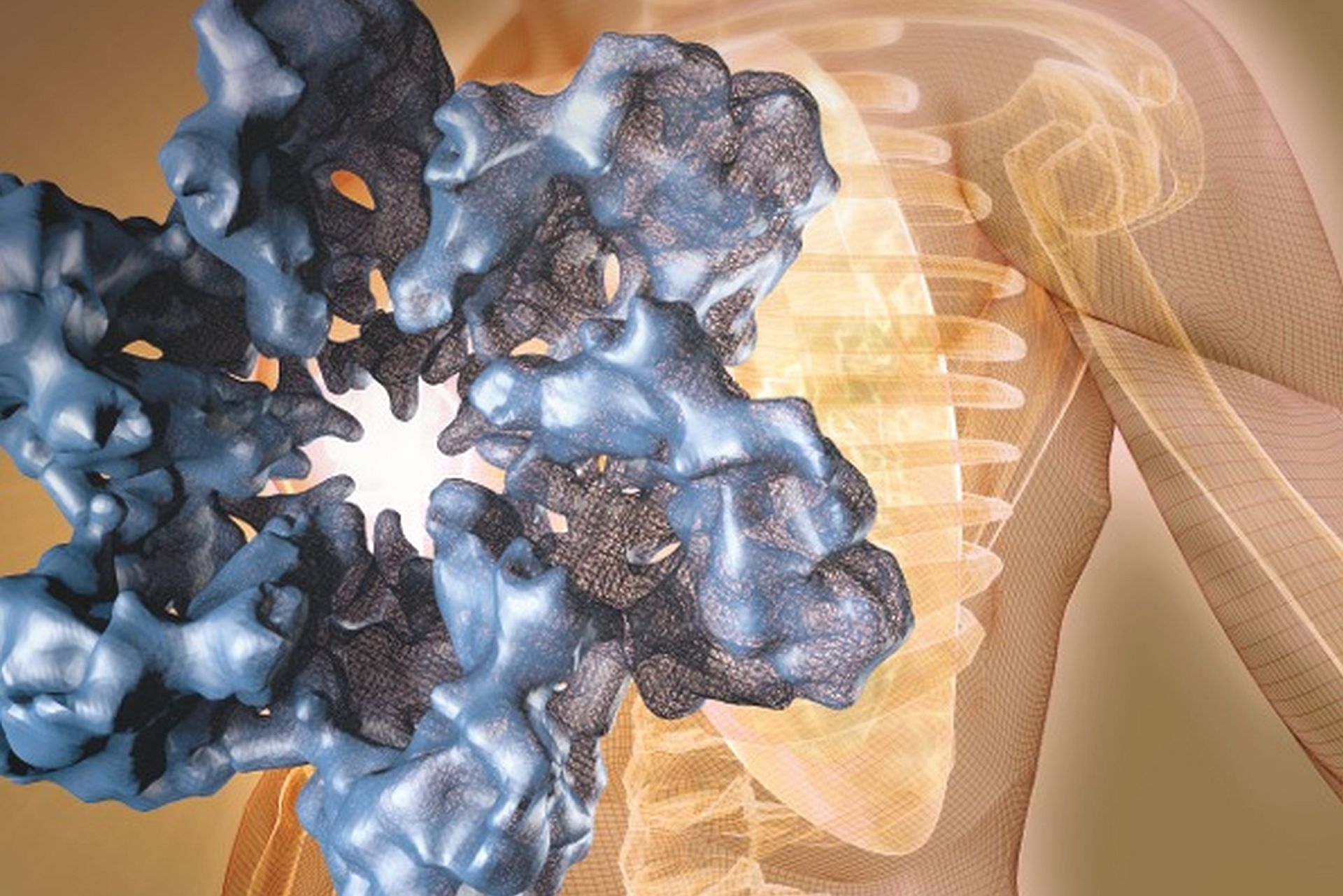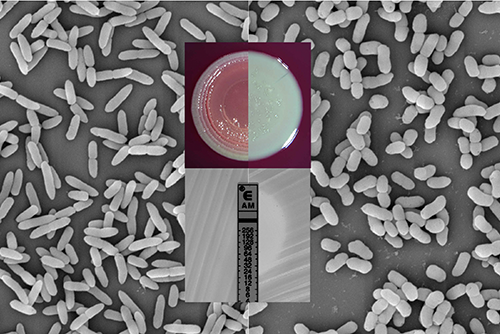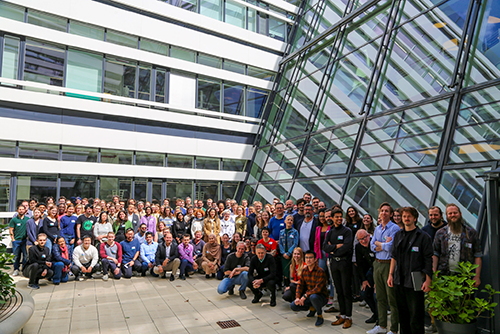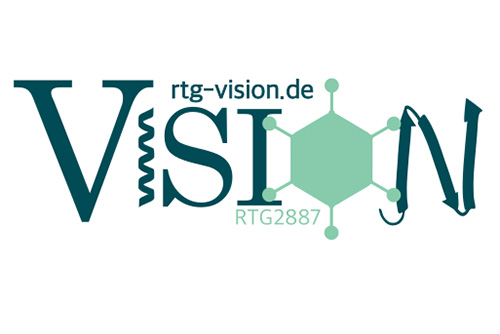Structure of a Key System for TB Bacteria Revealed
How do tuberculosis bacteria infect human cells?
An international team of scientists from across Europe reveals the structure of a key system for TB bacteria.
According to the World Health Organization, tuberculosis, a lung infection, is one of the top ten causes of human death worldwide. An international collaboration of scientists from Hamburg, Vienna and Amsterdam has come one step closer to understanding how mycobacterium, such as Mycobacterium tuberculosis, function. In a paper published in the scientific journal Nature Microbiology, scientists from two CSSB groups – Matthias Wilmanns from the EMBL Hamburg Unit and Thomas Marlovits from Vienna and joining the UKE – in a collaborative effort reveal the first molecular structure of the type VII secretion system, a group of proteins that play a key role in the infection of human host cells.

As a prerequisite to elucidate the structure and function of this system, a novel purification procedure in the presence of lipid-mimicking molecules was developed under the supervision of Annabel Parret who coordinated the EMBL contribution to the project. Single particle electron microscopy analysis conducted by the Marlovits group in Vienna revealed that the type VII secretion system is comprised of four types of proteins that form a hexameric ring around a central pore. The system also has flexible molecular arms that reach into the interior of the bacterial cell and grasp molecules that need to be transported. “One often thinks of protein structures as rigid entities,” explains Marlovits “however we observed a novel architectural principal in which a combination of structure and flexibility enable the functioning of the secretion system.” Future collaborative research will provide additional information regarding how the VII system is assembled and could help facilitate the development of novel medication designed to block this transport system.
“At a time when the benefits of cross-border collaboration are being called into question, highlighting the successes of international studies such as this one as well as collaborative research centres such as the CSSB is increasingly important,” emphasized Matthias Wilmanns, CSSB Scientific Director. This important study took place over the course of two years and also involved additional collaboration partners from the Vrije Universiteit Amserdam and the European Molecular Biology Laboratory. “Each group was able to bring their specific knowledge and expertise to this project,” explained Thomas Marlovits “it is only by combining the different technologies and techniques available in each location that we were able to solve and verify the structure of the type VII secretion system.”
Reference:
Structure of the mycobacterial ESX-5 type VII secretion system membrane complex by single particle analysis; Katherine S.H. Beckham, Luciano Ciccarelli, Catalin M. Bunduc et al.; „Nature Microbiology“, 2017; 10.1038/nmicrobiol.2017.47
Please visit the following links below for more information from CSSB partner institutions and other institutions involved in the study:



